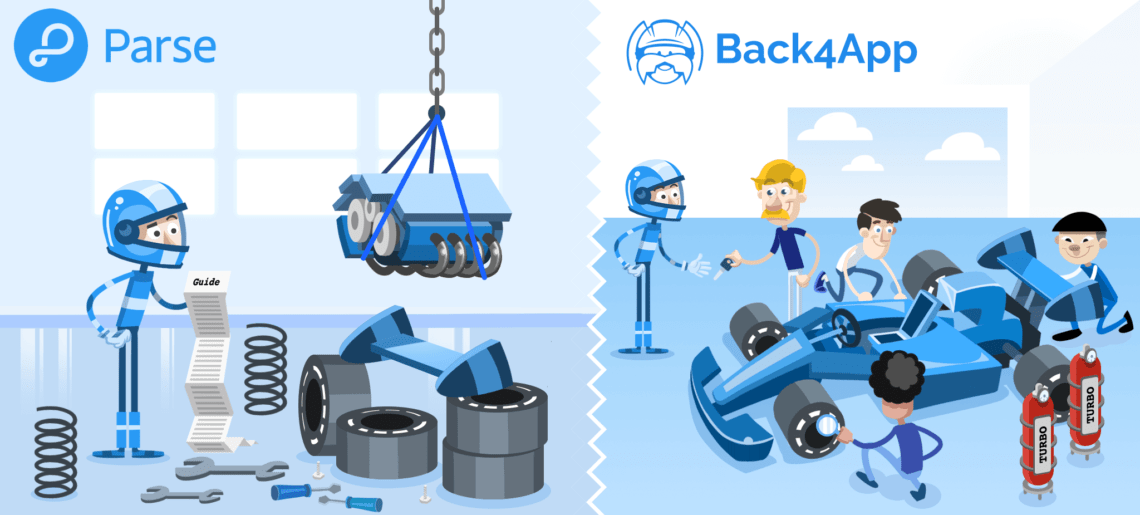Blackburn Labs’ Partnership Journey with Back4App
Since the initiation of our Partnership Program, Back4App has been collaborating with elite software development companies from around the world. On this post, I’m going to share the experience of one top Back4App Partners the Blackburn Labs.
Blackburn Labs, a US-based software engineering company, is one of those committed, motivated, and experienced Back4App partners. With a team of engineers, architects, and process specialists, Blackburn Labs provides services to a great client like Brigham & Women’s Hospital and MyBodyGallery.com.












